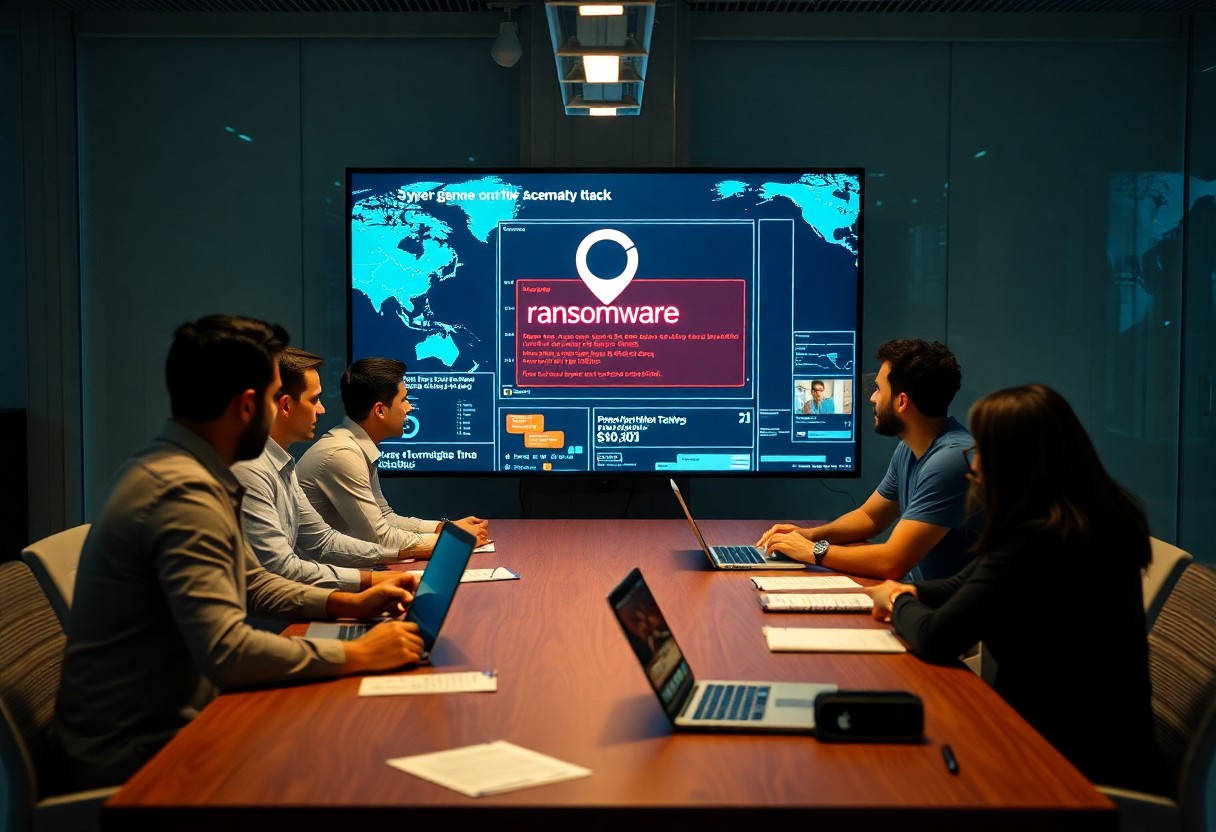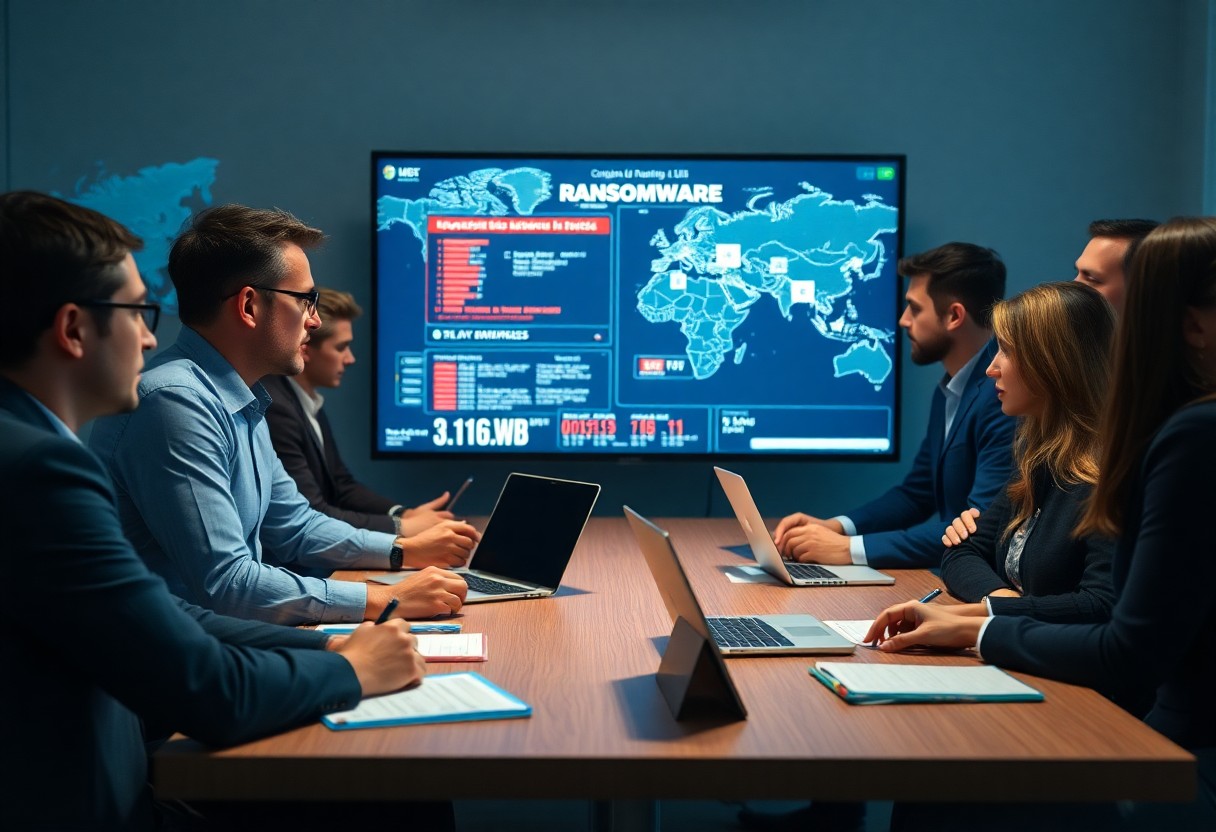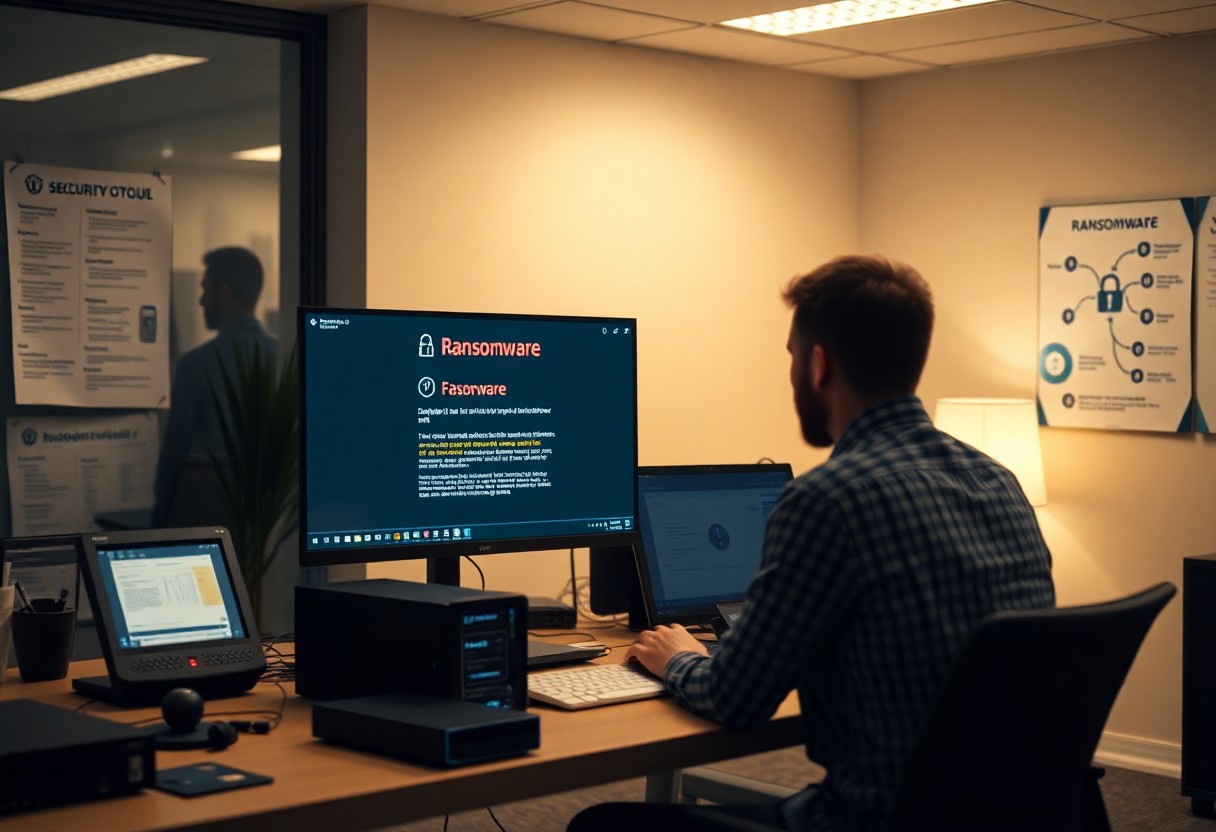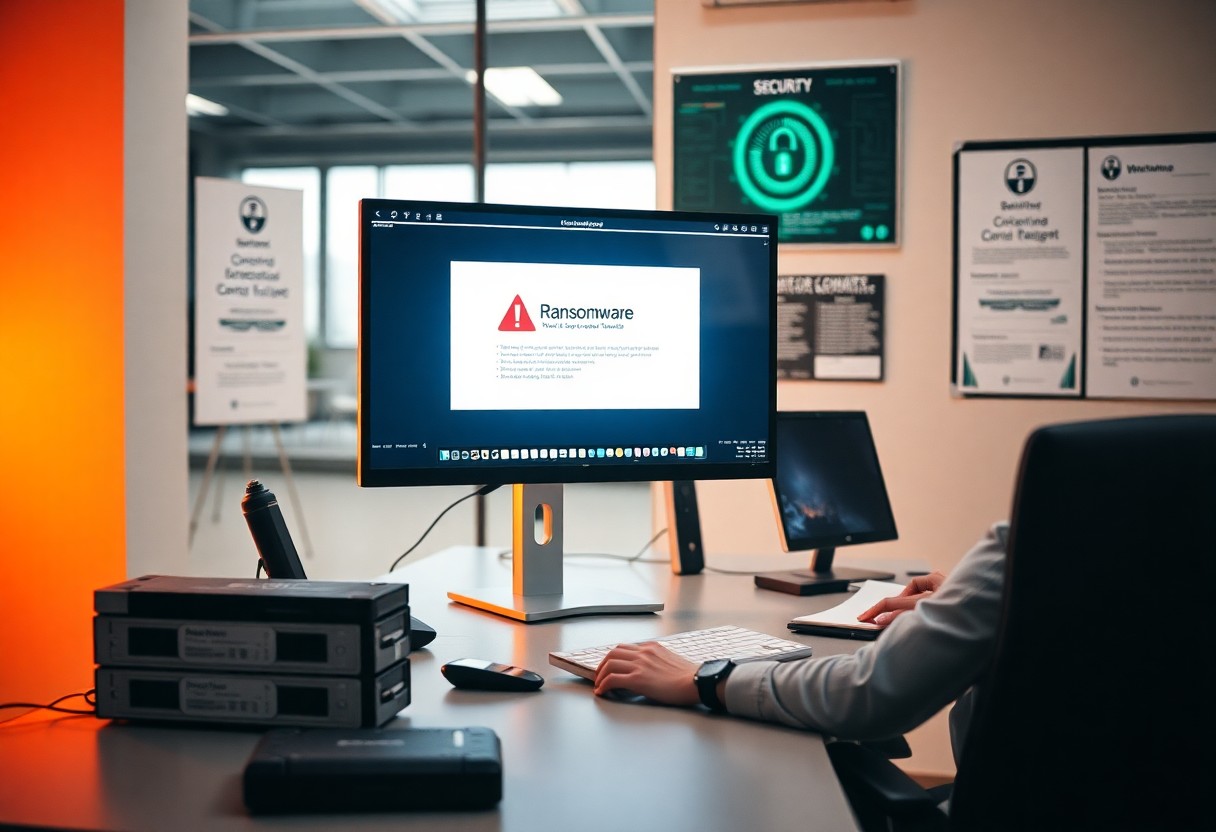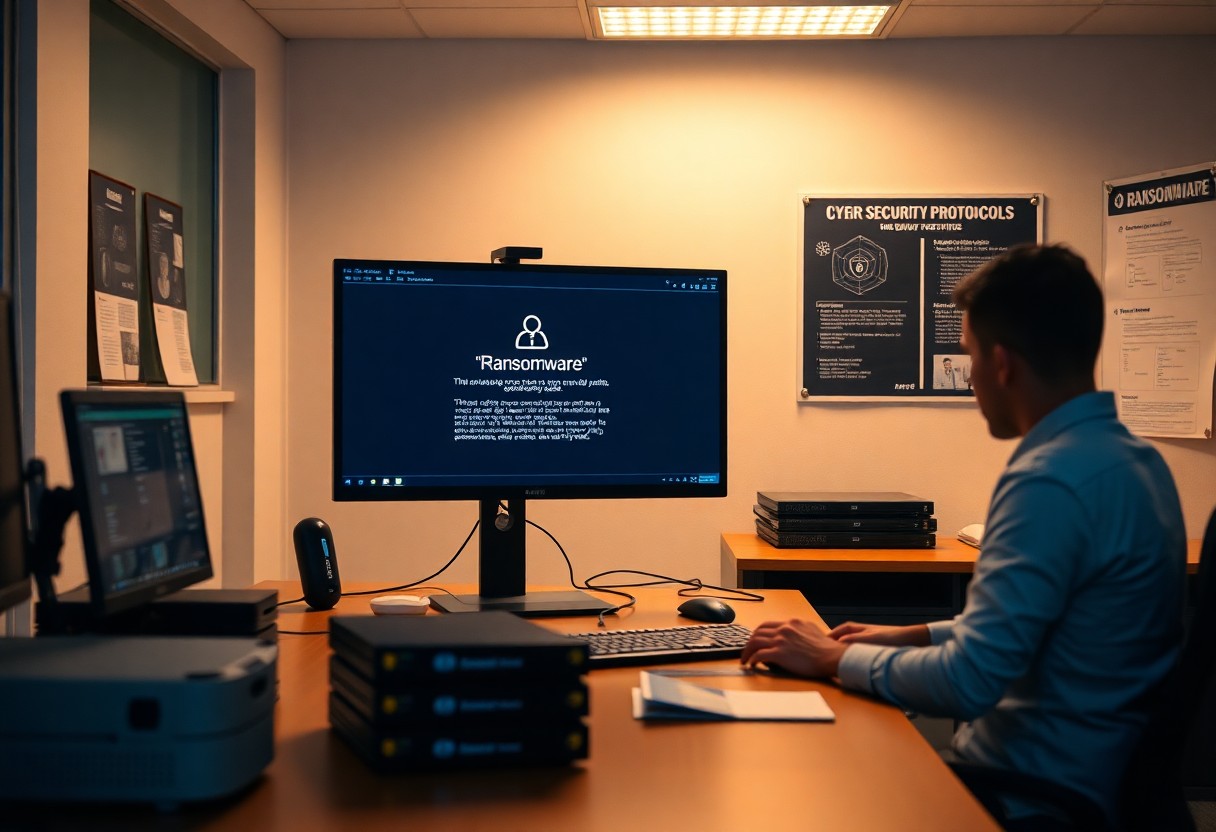Most importantly, I want to share insights about ransomware-as-a-service (RaaS), a growing threat in today’s cybersecurity landscape. You might be surprised to learn that skilled developers create ransomware and lease it out to affiliates, who then execute attacks and split the profits. This business model lowers the entry barrier for cybercriminals, allowing even those without technical skills to participate in attacks. Groups like LockBit and BlackCat (ALPHV) have effectively democratized access to these dangerous tools, leading to a rise in ransomware incidents. Understanding RaaS is important for effectively addressing the risks it poses to our digital world.
Key Takeaways:
- The Ransomware-as-a-Service (RaaS) model allows developers to lease ransomware to affiliates, lowering barriers for potential cybercriminals.
- Affiliates executing ransomware attacks share profits with the developers, creating a lucrative ecosystem for cybercrime.
- Groups like LockBit and BlackCat exemplify the RaaS model by providing their ransomware tools and support to affiliates.
- User-friendly interfaces and customer support are common in RaaS offerings, mirroring legitimate SaaS businesses and making ransomware more accessible.
- The professionalization of RaaS has led to an increase in ransomware incidents, as even those without technical skills can conduct attacks.
- Understanding the intricacies of RaaS is vital for organizations aiming to develop robust cybersecurity strategies.
- Mitigating the risks associated with RaaS requires awareness of its business model and the broader implications in the cybersecurity landscape.
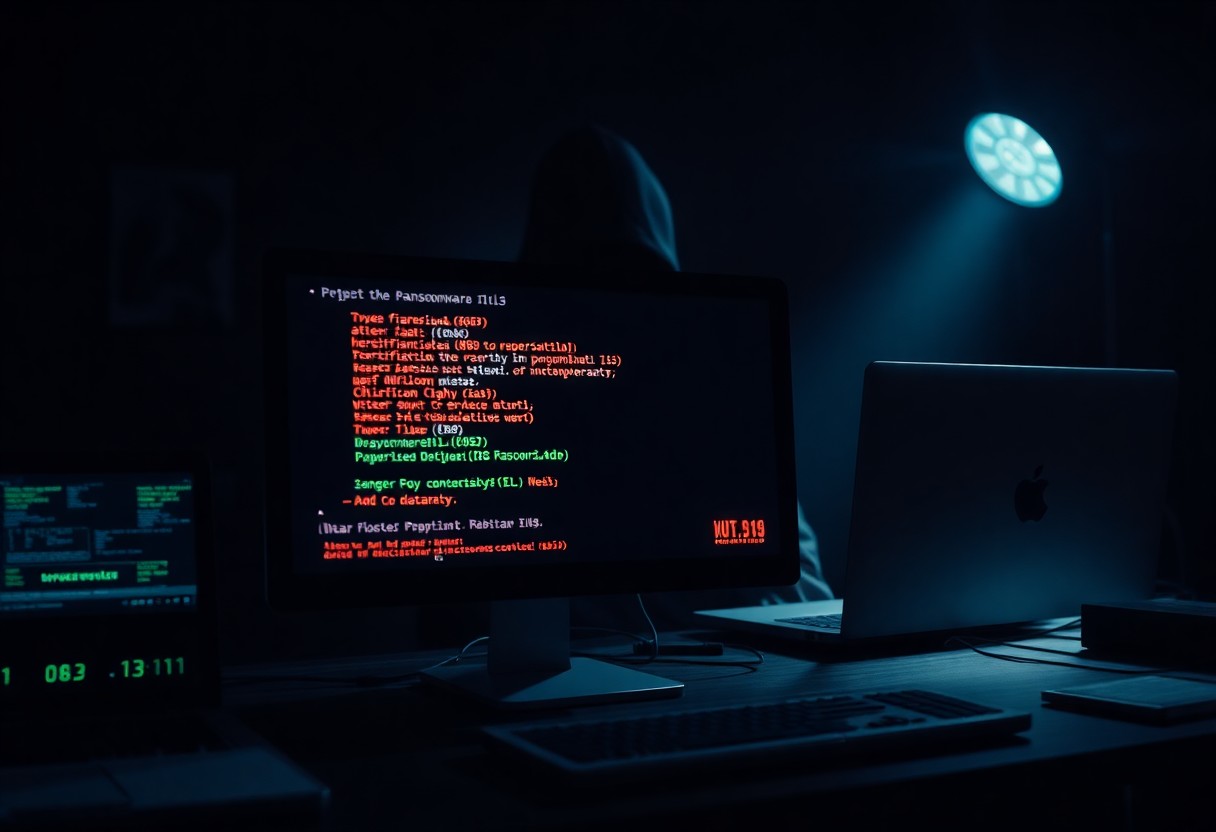
What is Ransomware-as-a-Service (RaaS)?
To fully grasp the modern cyber threat landscape, I believe it’s vital to understand ransomware-as-a-service (RaaS). This innovative business model enables skilled developers to create sophisticated ransomware and lease it to affiliates who execute attacks, leading to shared profits. It effectively lowers the barriers for entry, allowing anyone with malicious intent to launch ransomware campaigns, regardless of their technical background.
Definition and Overview
After understanding the basic principle, let’s define RaaS. It’s a subscription-based model where malicious developers provide ransomware tools to affiliates in exchange for a portion of the ransom payments. This approach not only expands the reach of ransomware attacks but also fosters a community of cybercriminals who can collaborate and share resources.
How RaaS Works
Against conventional attacks, RaaS operates by providing a user-friendly platform for affiliates. Once an individual registers, they gain access to tools, documentation, and support. This streamlined process allows less experienced criminals to engage in cyber extortion easily, amplifying the number of ransomware incidents targeting organizations and individuals alike.
At its core, RaaS combines technical ease with criminal opportunity. Affiliates can purchase access to high-quality ransomware, which comes with a user-friendly interface and often includes customer support for troubleshooting. This setup encourages a more extensive network of cybercriminals who might lack technical skills but are eager to profit. Furthermore, regular updates from the developers ensure that the ransomware remains effective against evolving defenses, making RaaS a potent threat in today’s cybersecurity environment.
The Rise of RaaS in Cybercrime
If you’re wondering how ransomware has become so prevalent, the rise of Ransomware-as-a-Service (RaaS) is a significant factor. This innovative model has transformed the landscape of cybercrime, allowing even those without technical skills to launch sophisticated attacks with ease.
Factors Contributing to Its Popularity
An increasing number of factors are driving the popularity of RaaS in the cyber underworld:
- Low entry barriers for potential attackers
- User-friendly interfaces offered by RaaS providers
- Access to customer support for affiliates
- Regular updates to ransomware tools
After considering these elements, it’s evident that RaaS has dramatically reshaped the threat landscape.
Notable RaaS Groups (LockBit and BlackCat)
Between the various RaaS groups operating today, LockBit and BlackCat (also known as ALPHV) stand out as particularly notorious. These groups have refined the RaaS model, enabling their affiliates to conduct attacks more efficiently while sharing a portion of the ransom income. LockBit has gained a reputation for its speed and efficiency, while BlackCat is recognized for its highly adaptable and sophisticated ransomware capabilities, making both groups significant players in the RaaS ecosystem.
This trend only amplifies the urgency for organizations to bolster their cybersecurity measures. The professionalization of cybercriminal activities through RaaS has led to an alarming increase in threats, prompting the need for innovative defenses to counter these evolving tactics. With your awareness of how these groups operate, you can better prepare and educate yourself on the importance of cybersecurity in combating ransomware threats.
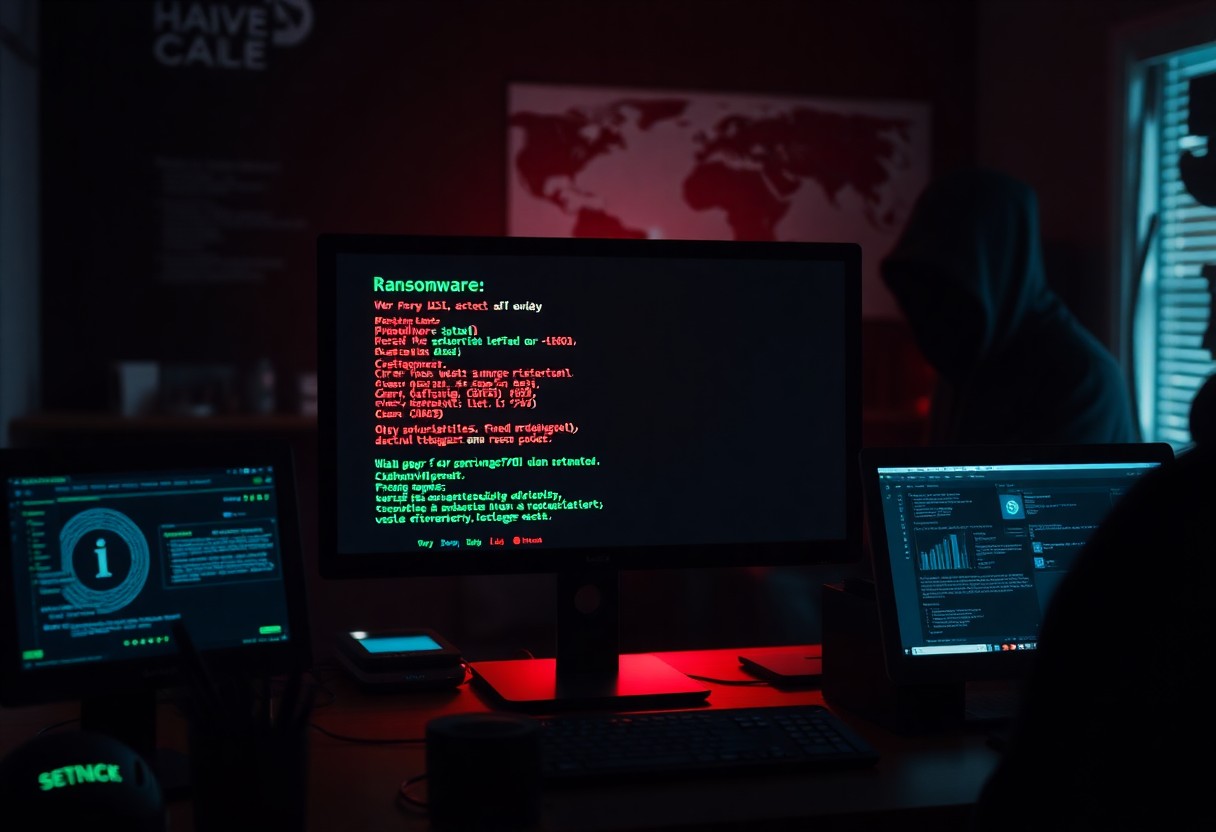
The RaaS Business Model
After delving into ransomware-as-a-service (RaaS), it becomes clear that this model transforms cybercrime into a structured business environment, making it easier for individuals to engage in malicious activities. By renting out their sophisticated ransomware tools, developers are effectively opening the door for a wider array of potential attackers, leading to an increase in ransomware incidents worldwide.
Leasing Ransomware to Affiliates
To understand how RaaS operates, I want you to consider that skilled developers lease their ransomware to affiliates who may lack the technical knowledge to create their own. This leasing structure means anyone with a motive can gain access to sophisticated tools, allowing an array of new actors to partake in cyber extortion.
Profit Sharing and Revenue Streams
About the financial aspect, RaaS models typically involve profit-sharing agreements that can be quite lucrative for both the developers and the affiliates. They often split the ransom payments generated, creating a steady revenue stream for attackers.
The legal and ethical implications of this business model cannot be overstated. The profit-sharing structure incentivizes cybercriminals to engage more actively in ransomware attacks. In fact, it creates a multi-tiered revenue system that fuels the growth of ransomware as a viable business, encouraging more individuals to jump into this world for financial gain. By understanding these dynamics, I can better inform my cybersecurity strategies and prepare for the evolving threat landscape.

Accessibility of RaaS
Unlike traditional cybercrime methods that require advanced technical skills, RaaS has transformed the landscape by making ransomware accessible to a broader audience. You can find resources that explain What Is Ransomware as a Service (RaaS)?. This democratization of cybercrime is shifting the dynamics significantly.
Lowering Entry Barriers for Cybercriminals
For those with malicious intentions but lacking technical know-how, RaaS serves as an entry point into the world of cybercrime. It allows even inexperienced individuals to execute sophisticated ransomware attacks, significantly increasing the number of potential threats.
User-Friendly Interfaces and Support
On the surface, RaaS platforms offer a level of sophistication akin to legitimate software businesses. They provide intuitive interfaces and robust customer support to help affiliates successfully launch their attacks.
Cybercriminals benefit greatly from the user-friendly interfaces and ongoing support provided by RaaS operators. These platforms often include step-by-step guides, making it simple for novices to navigate complex ransomware deployment. The availability of customer support ensures that anyone can get help if they encounter issues, further encouraging the proliferation of ransomware. As a result, even those with minimal experience can now run effective campaigns, leading to an alarming increase in incidents and significantly increasing the threats you may face.
Impact on Cybersecurity Landscape
For cybersecurity professionals and everyday users alike, understanding the impact of ransomware-as-a-service (RaaS) on the cybersecurity landscape is incredibly important. This evolving model not only shapes the tactics of cybercriminals but also demands that we rethink our defenses and responses. As I navigate this complex environment, I see the need for constant vigilance and a proactive approach to cybersecurity. Organizations must prioritize developing robust ransomware protection strategies to implement, focusing on employee training and regular security audits. Additionally, leveraging advanced threat detection technologies can significantly enhance resilience against these attacks. By fostering a culture of security awareness, businesses can better prepare themselves to thwart potential ransomware threats.
Increase in Ransomware Incidents
Landscape has drastically changed with the rise of RaaS, resulting in a staggering increase in ransomware incidents. This model has enabled a wide range of attackers to unleash sophisticated attacks, causing widespread disruptions and significant financial losses for organizations of all sizes. It becomes evident that we are in a constant battle against a rapidly evolving threat.
The Need for Enhanced Security Measures
Among the many lessons learned, the need for enhanced security measures has become painfully clear. With the rise of RaaS, organizations must bolster their defenses to protect against increasingly complex attacks. Impactful steps include implementing robust security protocols, investing in employee training, and adopting advanced threat detection systems. By prioritizing cybersecurity, you can mitigate the risks associated with ransomware attacks and safeguard your valuable data. Now more than ever, your commitment to security can make a significant difference in your organization’s resilience against these relentless cyber threats.
Strategies to Mitigate RaaS Threats
Keep your defenses strong by implementing a multi-layered approach that combines technology, policies, and education. It’s vital to stay ahead of evolving threats by adopting advanced security measures, conducting regular audits, and ensuring your systems are consistently updated. Collaboration with cybersecurity professionals can also enhance your defense mechanisms against RaaS threats.
Developing Effective Cybersecurity Plans
Developing a comprehensive cybersecurity plan is key to safeguarding your organization from RaaS attacks. This involves assessing your current security posture, identifying vulnerabilities, and deploying robust security tools like firewalls and antivirus software. Regularly updating these measures and conducting incident response drills will prepare you for potential breaches.
Promoting Awareness and Education
Strategies to promote awareness and education about ransomware and RaaS within your organization are vital. I believe that fostering a culture of security can significantly reduce the risk of a successful attack.
Due to the increasing sophistication of cyber threats, educating yourself and your team about ransomware tactics is vital. It’s important to conduct training sessions that emphasize the risks of phishing, safe browsing habits, and the importance of updating software. I find that when team members are informed and vigilant, they can recognize potential threats early. Additionally, sharing real-world examples of RaaS incidents can effectively highlight the consequences of inadequate security measures and motivate proactive behaviors in the workplace.
Final Words
On the whole, grasping the concept of ransomware-as-a-service (RaaS) is vital in navigating today’s cybersecurity challenges. I encourage you to stay informed about how this model allows less experienced individuals to become active participants in cybercrime. The rise of groups like LockBit and BlackCat demonstrates how easily access to sophisticated ransomware can lead to increased threats. By understanding RaaS, you can better equip yourself and your organization with effective strategies to combat these growing risks and protect your digital assets.
FAQ
Q: What is ransomware-as-a-service (RaaS)?
A: Ransomware-as-a-service (RaaS) is a business model utilized by cybercriminals where developers create ransomware tools and lease them to affiliates. These affiliates then execute ransomware attacks and share the profits with the developers. This model allows individuals with limited technical skills to engage in cybercrime by providing them access to advanced tools and support.
Q: How does the RaaS model affect the landscape of cybercrime?
A: The RaaS model significantly lowers the barrier to entry for cybercriminals, enabling a wider range of individuals to launch ransomware attacks. This has led to an escalation in ransomware incidents, as more people can access potent ransomware tools without needing extensive technical knowledge. Additionally, the professionalization of RaaS providers mirrors legitimate software businesses, further enhancing the availability and effectiveness of ransomware attacks.
Q: Can you provide examples of RaaS operations?
A: Yes, notable examples of RaaS operations include the LockBit group and the BlackCat group (also known as ALPHV). Both groups allow affiliates to utilize their sophisticated ransomware in exchange for a percentage of the ransom payments collected. This profit-sharing model encourages more individuals to participate in ransomware attacks, leading to an increase in the overall number of incidents.
Q: What support do RaaS providers offer to their affiliates?
A: RaaS providers typically offer a range of support services to their affiliates, including user-friendly interfaces for deploying ransomware, customer support for troubleshooting issues, and regular updates to the ransomware software. This level of support helps affiliates run their operations more smoothly and effectively, contributing to the ongoing growth of RaaS activities.
Q: Why is understanding RaaS important for cybersecurity strategies?
A: Understanding RaaS is vital for developing effective cybersecurity strategies, as it helps organizations recognize the evolving tactics used by cybercriminals. By grasping how RaaS operates and the motivations behind these attacks, cybersecurity professionals can implement measures to protect against ransomware threats, reduce vulnerabilities, and formulate responses in the event of an attack.







